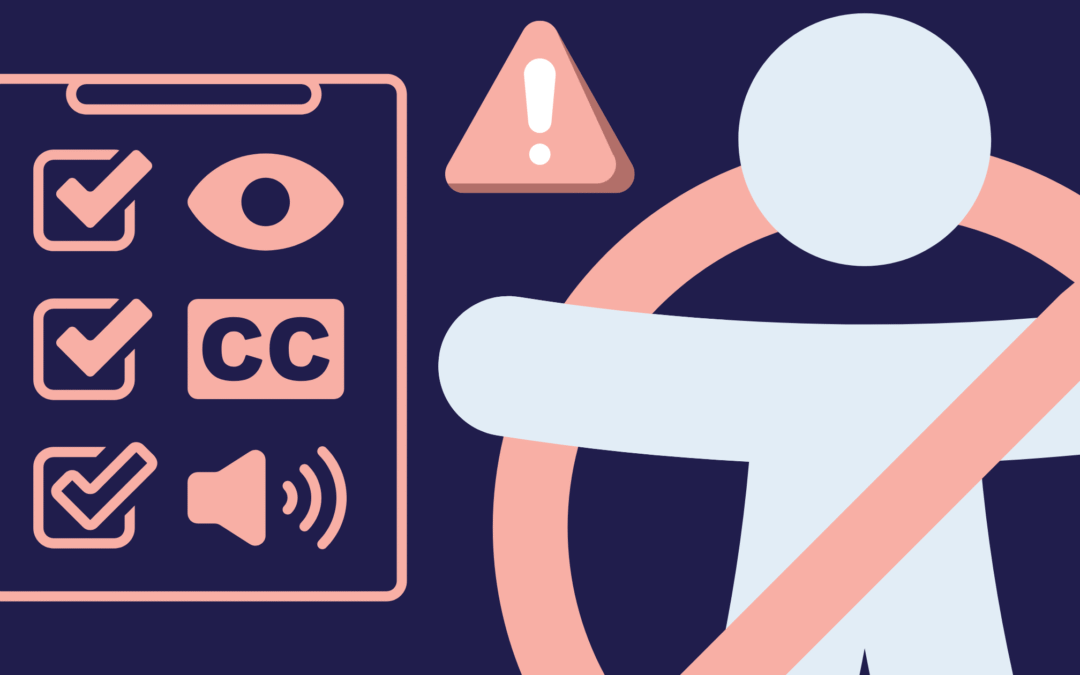It might look fine to you, but it’s potentially invisible to many in your audience.
From nonprofits to small businesses to local governments, everyone shares updates online, but not everyone realizes when those updates are inaccessible. When you post a screenshot of a press release, meeting notice, or flyer, screen readers can’t “see” the text. That means people who are blind, have low vision, or rely on translation tools may miss the information entirely, cutting them off from important updates and services.
Under ADA Title II, state and local governments can’t discriminate based on disability in any programs, services, or activities, online or off. While Title II applies specifically to public entities, the broader principle, ensuring digital information is equally accessible, applies to any organization that wants to reach its full audience. Nearly 1 in 4 U.S. adults has a disability, and about 25 million people have limited English proficiency. Failing to reach either group risks alienating your audience, eroding trust, and, in emergencies, putting lives at risk.
In April 2024, the U.S. Department of Justice made it clear: digital accessibility is now explicit. All public-facing websites and mobile apps for covered entities must meet the WCAG 2.1 Level AA standard by April 2026 (larger municipalities) or April 2027 (smaller municipalities and special districts). This means your digital content, from PDFs to social posts, must be “as effective” for people with disabilities as it is for everyone else.
Screenshots fail this test because they’re images, not actual text. Assistive technology can’t read the words, dates, or contact info inside them.
Better Options for Accessible Posting:
- Posting real, selectable text alongside any images
- Including a full text description in the post body or alt text
- Linking to an accessible PDF or webpage
The bottom line?
Screenshots might be quick, but they fail on two fronts: accessibility and compliance. Without selectable text, they block people who rely on screen readers, translation tools, and other assistive technologies, violating ADA “effective communication” requirements. Without embedded metadata, they can’t be authenticated as official public records, which is critical for organizations subject to public records laws.
Whether you’re a town clerk, a nonprofit communications lead, or a small business owner, the takeaway is the same: if you want to serve all of your audience, and stay on the right side of compliance, post accessible, text-based content and archive it in a way that preserves its metadata. Contact us today to learn more about how our team can help you meet WCAG 2.1 AA standards, protect your organization, and better serve every member of your community.
About Capital Strategic Solutions
Capital Strategic Solutions (CSS) is a certified woman-owned, disadvantaged business enterprise specializing in innovative, cost-effective solutions for local governments. Backed by a multidisciplinary team of municipal experts, CSS offers tailored services in public administration, finance, HR, emergency management, public safety, public works, communications, project management, grant administration and interim staffing—helping communities minimize risk and maximize success.

